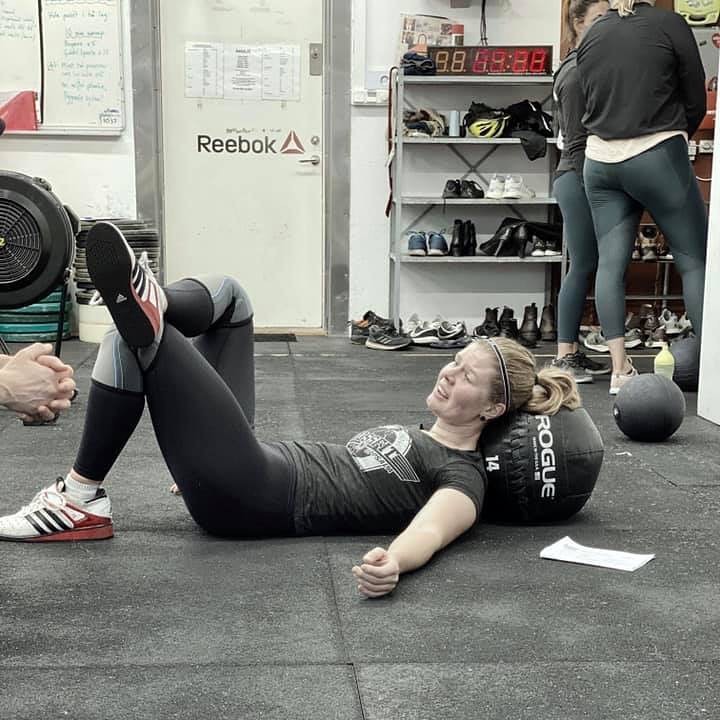Let’s use my own cycling sprint training as an example of how phase-shifts can look like in performance: In January 2019 I had almost given up trying to record an average power over 800W for 10 seconds on rollers since failing to do so for months. Then all of a sudden I did it, and I to this day never again failed to do so. The next phase shift happened in October the same year bumping the stable state that performance varied around to 850W and a few months later, after seeing my performances fluctuate around the same stable state it once again shifted and since then I have never again seen less than 900 average watts when sprinting on the rollers.
(side-note: it’s crazy what low bodyweight and small frontal area/low drag does for speed. My training buddy does almost 400W higher average than me for this time-frame, and I would still more often than not beat him on 500m sprints… But some distance after that his supreme storage of kinetic energy shines through and he comfortably beats me)
The same things can been seen during this period when it comes to actual performance (speed) on the track where I went from 12.40 to 11.72 for a Flying 200m and >40 seconds to 38.02 for the 500m (on a slow, short and steep track as the Falun velodrome).
And this without structured wave-loading of either volume or intensity of training, which I was inspired to try from reading Anatoliy Bondarchuk. When I first read about the training regimes described by him, his method was very eye-opening (and surprising) to me. They certainly was not like the traditional ”Bompa”-style planning strategies that was the usual thing to see in academic literature (and that I no longer feel is a particularly useful tool). To simplify this it means that once a ’program’ or ’set of programs’ is prescribed, it is simply repeated over and over again without change, or much change, until an adaptation response is observed – hopefully leading to a phase shift in performance.
One must remember that the day-to-day measure of success here is not simply a question of load tolerance or survival (negative feedback), but rather one of enhancement and growth (positive feedback) over the medium to long-term, and to allow this to happen we should not necessarily take negative performance (one step back) to mean we are not paving the way for successful adaptation just around the corner (two steps forward).
Non-linearity and complexity in modern thought also expressed itself in the writings of General Carl von Clausewitz (1780–1831) who recognized the essentially dynamic and unpredictable nature of war. His major work, ”On war”, recognized the inherent limits of reason when grappling with dynamic and complex phenomenon.
”Success is not due simply to general causes. Particular factors can often be decisive – details only known to those who were on the spot […] while issues can be decided by chances and incidents so minute as to figure in histories simply as anecdotes.”
Non-linear phenomena, characterized by positive feedback loops and sensitivity to initial conditions, are precisely those that allow for such an amplification of “minute incidents”. Another way of stating this is to say that “local causes can have global effects”.
- “Transfer of Training in Sports volume 1-3”, Anatoliy Bondarchuk, https://books.google.com/…/Transfer_of_Training_in_Sports.h…
- ”Periodization”, Tudor Bompa, http://books.google.se/…/ab…/Periodization_6th_Edition.html…
- “On war”, Carl von Clausewitz, https://books.google.com/books/about/On_War.html…





